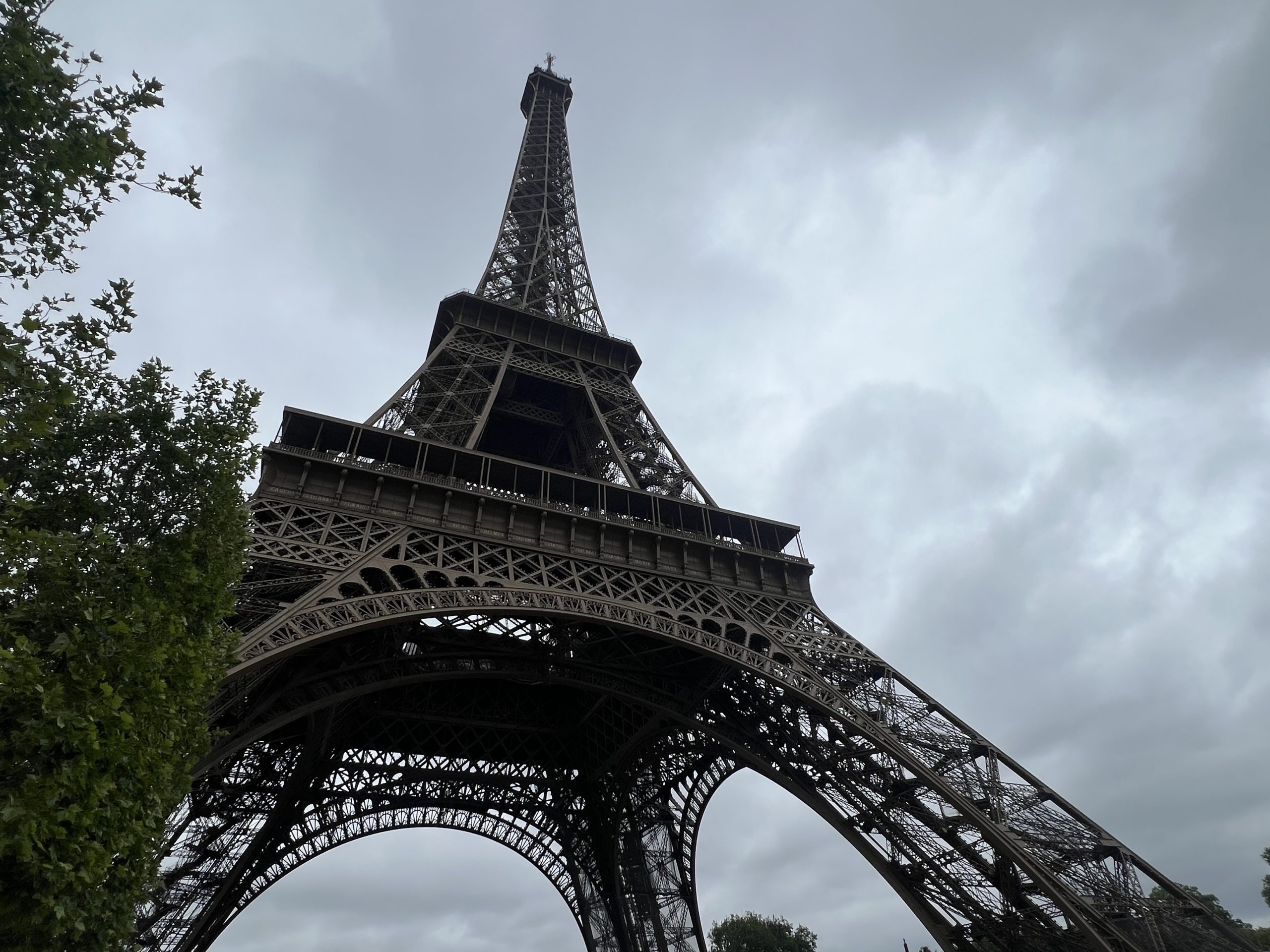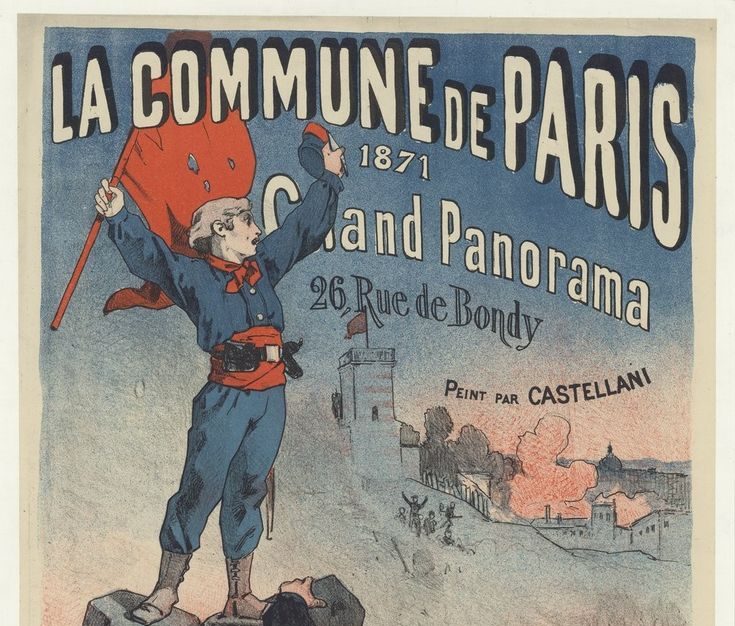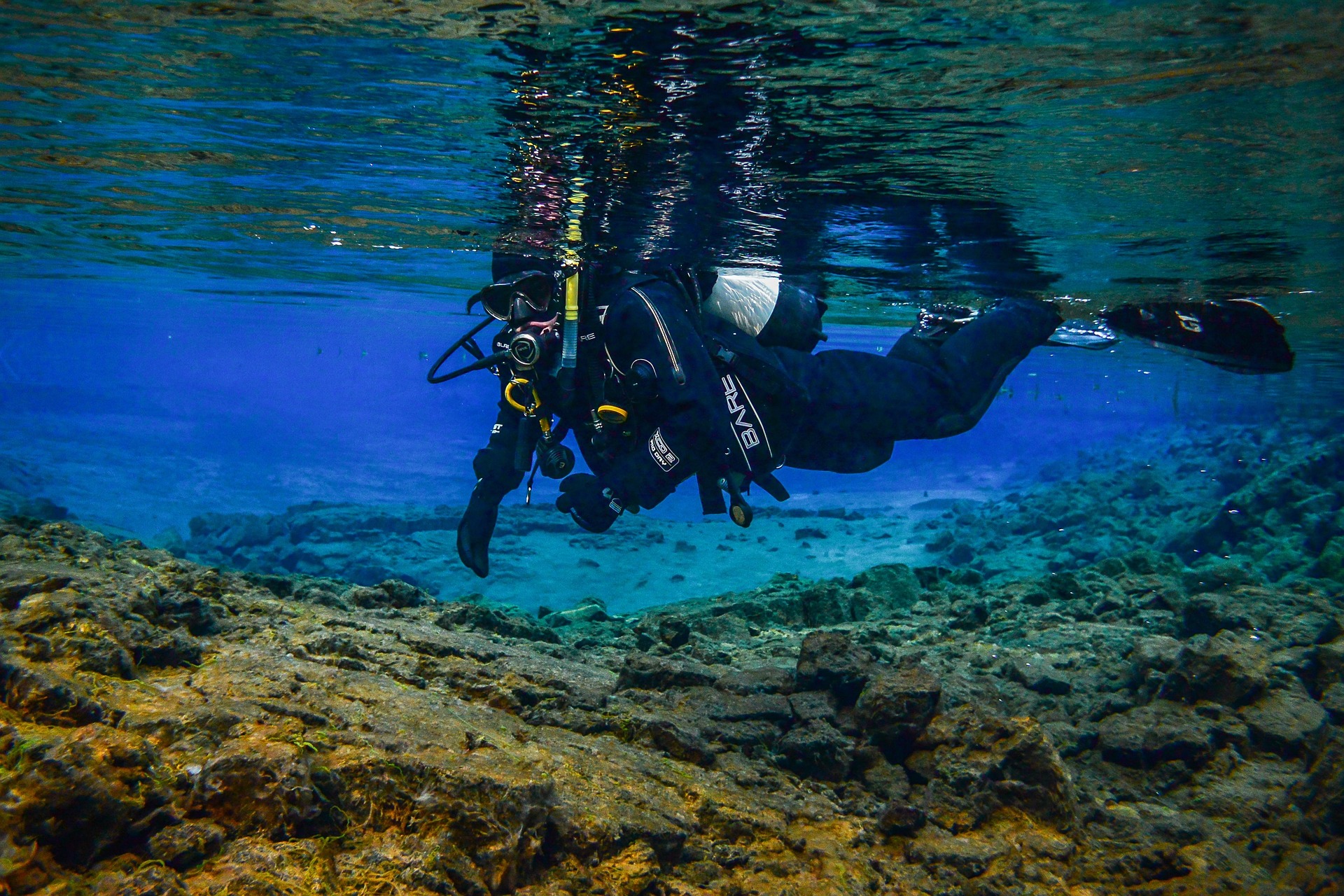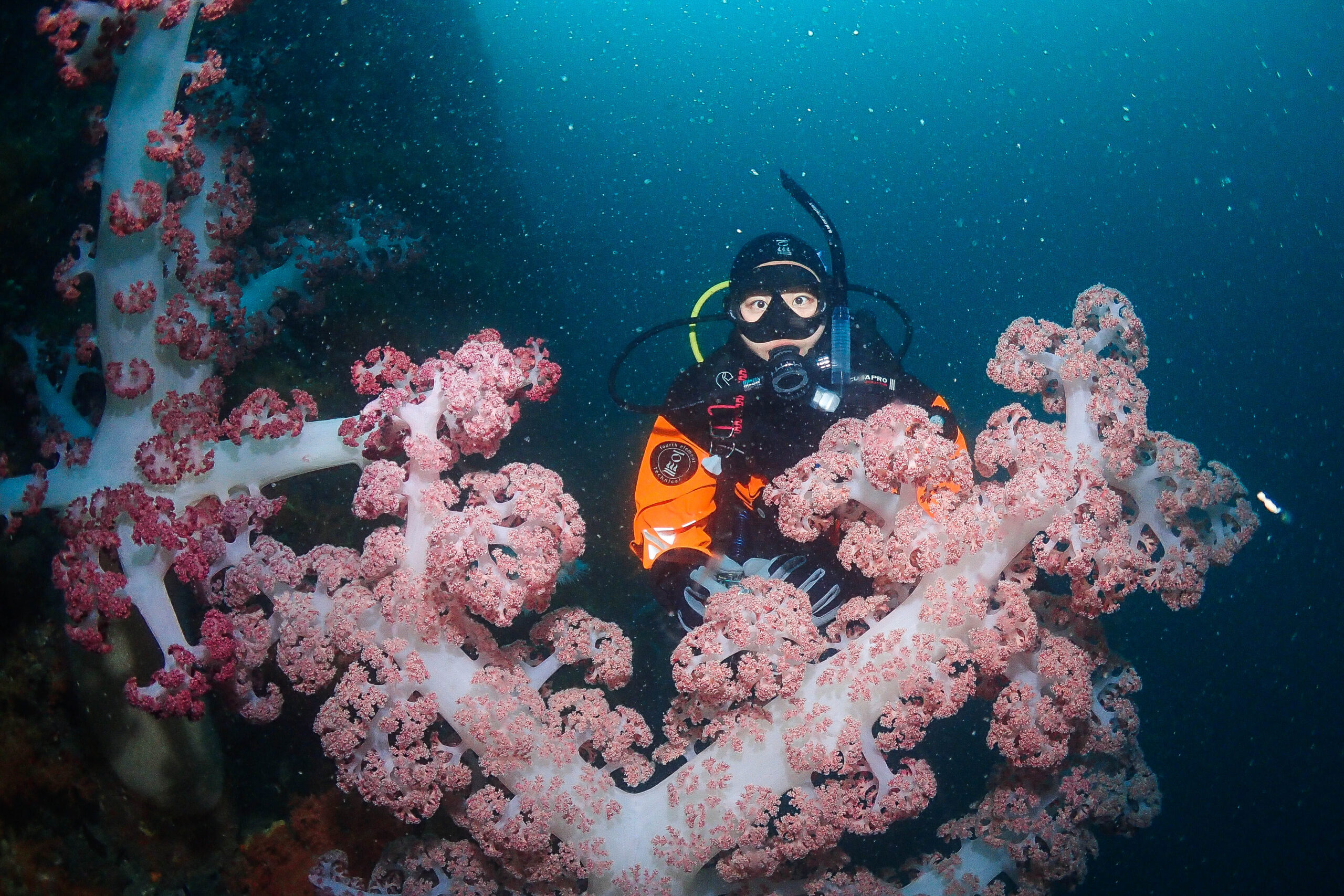There is no one who doesn’t look at the turquoise waters of the Pacific Ocean and wonder what’s underneath. Just imagine!!! You start to descend slowly from a paradise on the water to the depths towards another world.You are surrounded by an endless blue all around you.Before you even reach the reef, a colorful fish greets you and you follow this little one without question. Finally, your little guide brings you to an atoll where thousands of different species of creatures live in harmony and you see a different beauty wherever you look. Although I describe it as if it takes hours, you actually find yourself in the richest reefs in the world in just a few minutes.

The Republic of Palau still holds its place in the top three of the world’s most popular diving destinations because of its healthy coral reefs and the diversity of life it harbors. Since it is in the tropical belt, it rains most of the year, but it is officially accepted as the rainy season between May and October. Since 70% of the rainfall falls at night, it does not affect daily life for tourists much, but depending on the amount of rainfall, underwater visibility may decrease a little, but as long as the weather conditions permit, you can go to diving spots away from the mainland where visibility is good most of the year.December to March can be considered both dry season and high season.The intermediate transition periods are the wettest periods and these are the times when prices are the most affordable.

Air temperatures are 28-29 degrees throughout the year and drop to 23-24 degrees at night. Water temperatures average 28 degrees throughout the year.
As for humidity, Palau generally has high humidity, especially during the rainy season, the amount of humidity increases, so if you are going to go during these periods, it is useful to be prepared. In the dry season, the humidity drops slightly due to the effect of constant winds (trade winds).

Due to its location, Palau is at the intersection of multiple current systems and this is the source of its rich underwater beauty.The most important of these is the Palau Express, formed by the intersection of the North Equatorial current and the current coming from the Philippines. This current carries rich nutrient resources from the depths to the surface waters, attracting many different species of creatures to the region. The North Equatorial Current also flows steadily westward throughout the year and keeps the water temperatures in Palau constant throughout the year with the warm water it carries.

The strongest period of the seasonal changing currents is May-October.If you want to do current diving, this will be the best time.In addition, strong currents attract manta and sharks to the region as they carry more nutrients and plankton.Of course, a small reminder that strong currents enrich our diving experience but also require some experience.For this reason, it is useful to dive with experienced guides, follow local rules and be prepared for open sea conditions that can change at any time.

Visibility averages 30m for most of the year.40 meters of visibility is normal when it is very good, but it can drop to 20 meters after very heavy rains and storms.The reason for the high visibility is that the region is free from pollution.Even if the visibility decreases during periodic plankton increases, I have never seen it decrease enough to spoil our pleasure.In the region where the tidal effect is strong, there may be regional temporary changes in visibility during current changes due to both bottom movement with increasing current and water temperature changes.

I will talk about diving points and underwater life in another article.
I hope it was a useful article. Thank you for reading.











